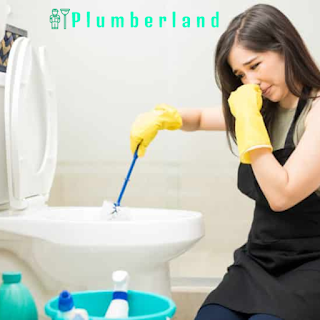How to Clear Out a Clogged Sink Without Calling a Plumber
If you have a clogged sink, it can be inconvenient and expensive to fix. But it's not impossible to clean out a drain with simple tools that you probably already have in your house.
You can use boiling water to dislodge clogs, and baking soda and vinegar can dissolve some light blockages. But for serious blockages, you may need a plunger or drain snake.
A clogged sink isn't only an inconvenience it can also cause damage to your plumbing system if left unattended. If the clog is severe, you'll need a plumber to remove it.
First, clear out the standing water in the sink as soon as possible, since it breeds mold and bacteria. That way, you'll have room for the water to drain down the pipe and away from your home.
Second, try to find the source of the clog by cleaning out the P-trap on your sink's drainpipe. That's the U-shaped portion of the pipe that surrounds your sink's drain opening. You can usually find the P-trap by placing a bucket underneath your sink, loosening the fasteners on the drain trap using a wrench, and removing it from its resting place.
Third, if you have metal pipes, you can pour boiling water down the drain to break up hair, soap scum, and grease that are clogging the drain. But be careful if your pipes are made of plastic, as the heat from boiling water can melt plastic.
Fourth, try a plunger on your sink's drain to remove hair and other debris from the clog. The pressure of the plunger pushes the clog down and out. This method works best on clogs caused by hair or food particles that are stuck in the pipes.
Fifth, you can try a drain snake or plastic clog remover on your sink's drainpipe to dislodge hair and other debris from the clog. These devices come in different forms, including electric and hand-powered models. They can be difficult to use, but once you get the hang of it, they'll save you a lot of time and money when compared to calling a plumber.
Sixth, you can also try a plunger on your sink's P-trap to remove hair and other debris from the p-trap. Then, you can clean out the drain trap and replace it in its proper position.
Seventh, you can also try a baking soda and vinegar reaction on your sink's drainpipe to dissolve some light blockages. Then, you can use a sink stopper or cover to seal the drain opening and let the mixture fizzle for 15 minutes.
Eighth, you can rent an electric power auger with at least 50 feet of cable to break through hard clogs in your drainpipe. The tool's extra clog-clearing muscle is great for tough blockages, which often involve large amounts of soap scum, laundry lint, sand, and slimy bacteria that can collect inside the long, narrow drainpipe.
These four solutions can unclog most sinks, and they're easy to do on your own. But some clogs are too stubborn for you to tackle on your own, so if none of these methods work, it's time to call a professional.
.png)

.png)

Comments
Post a Comment